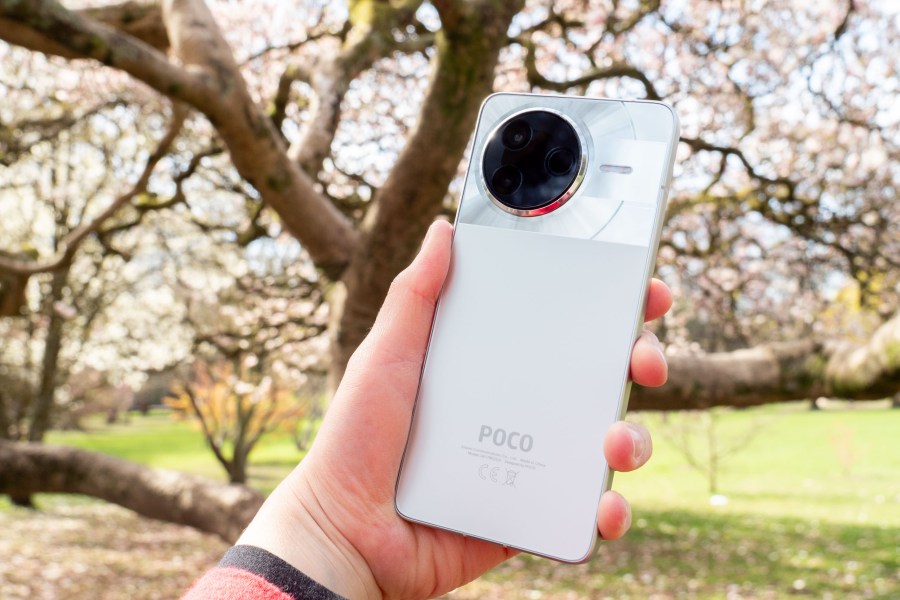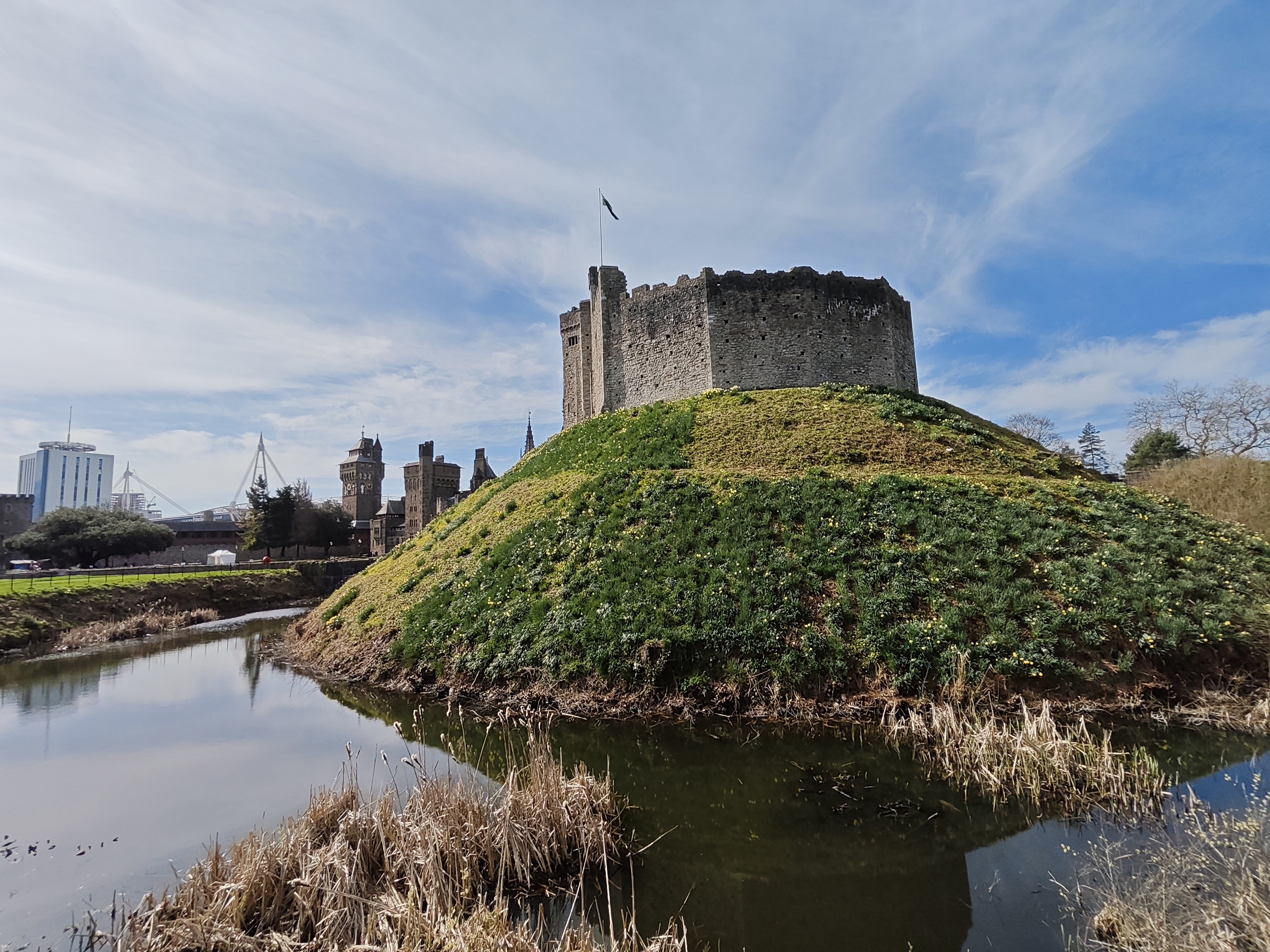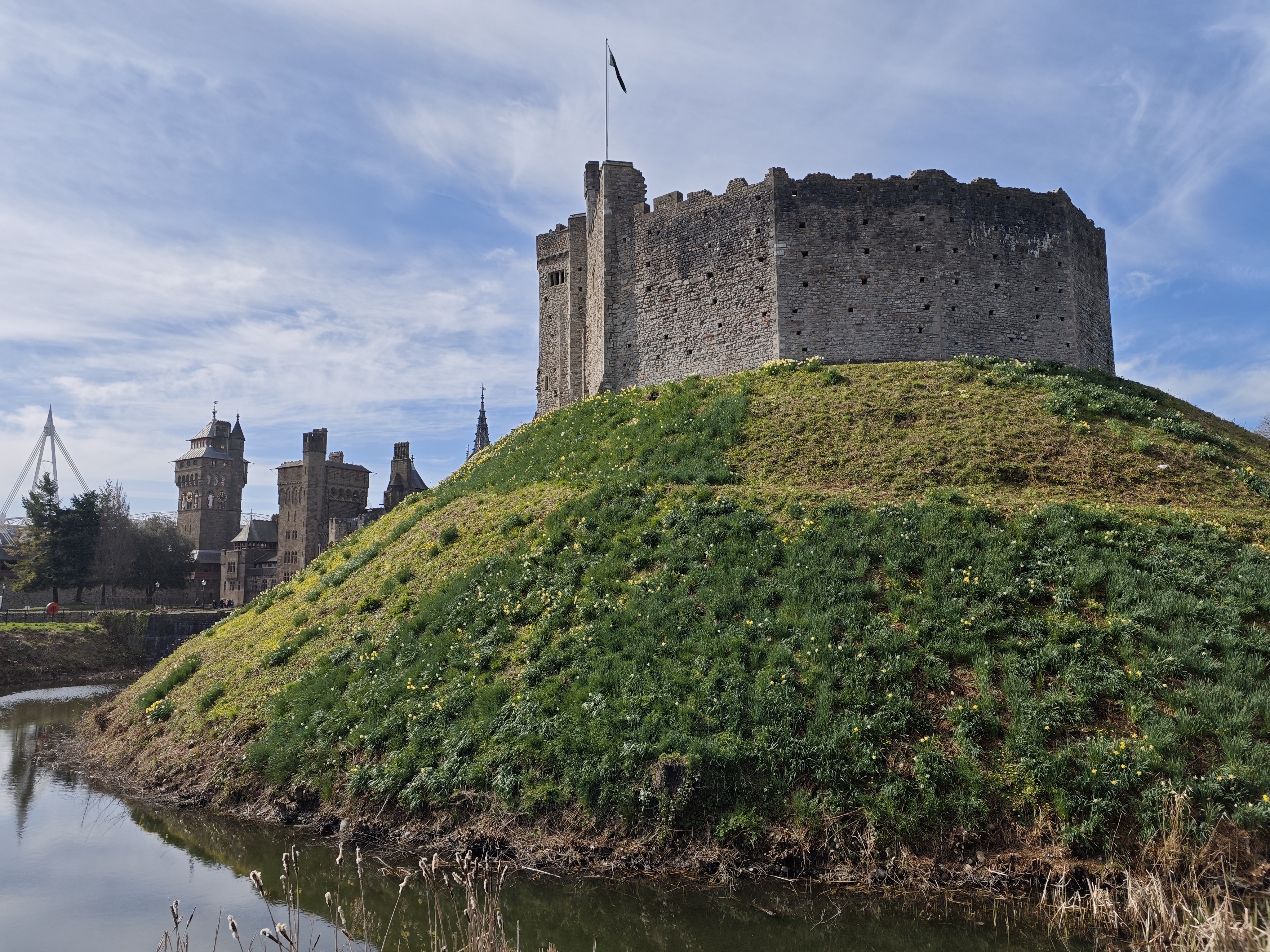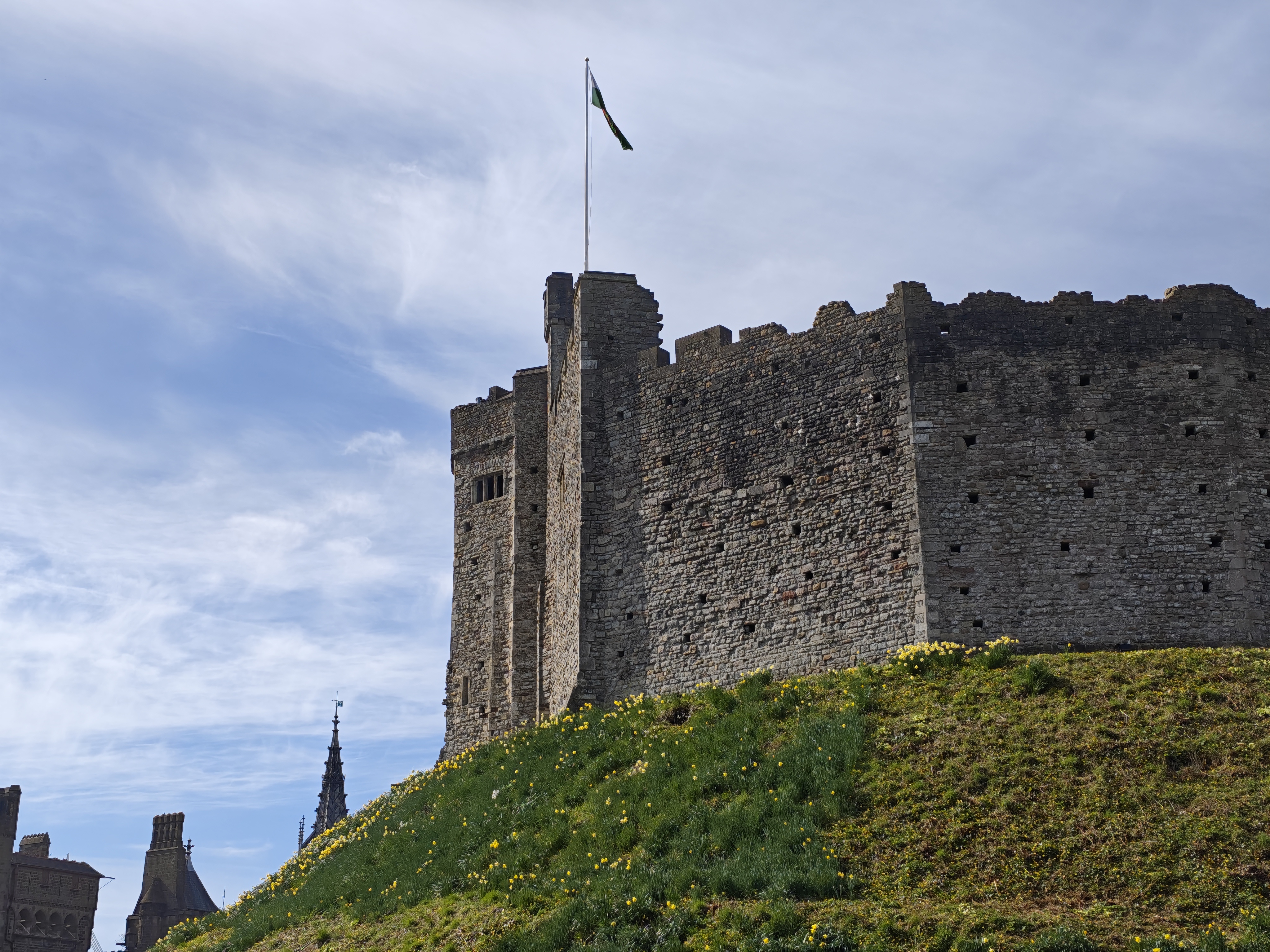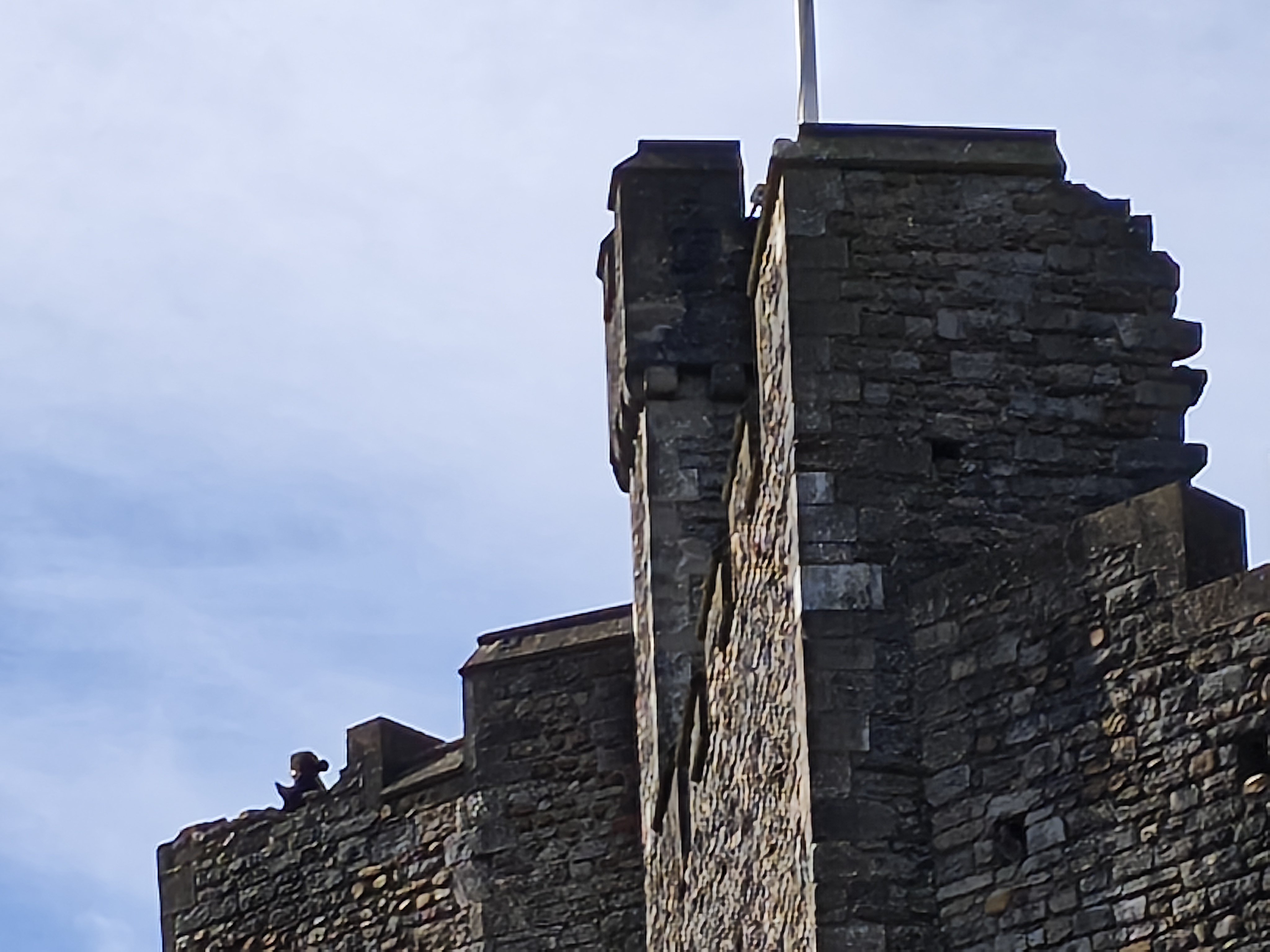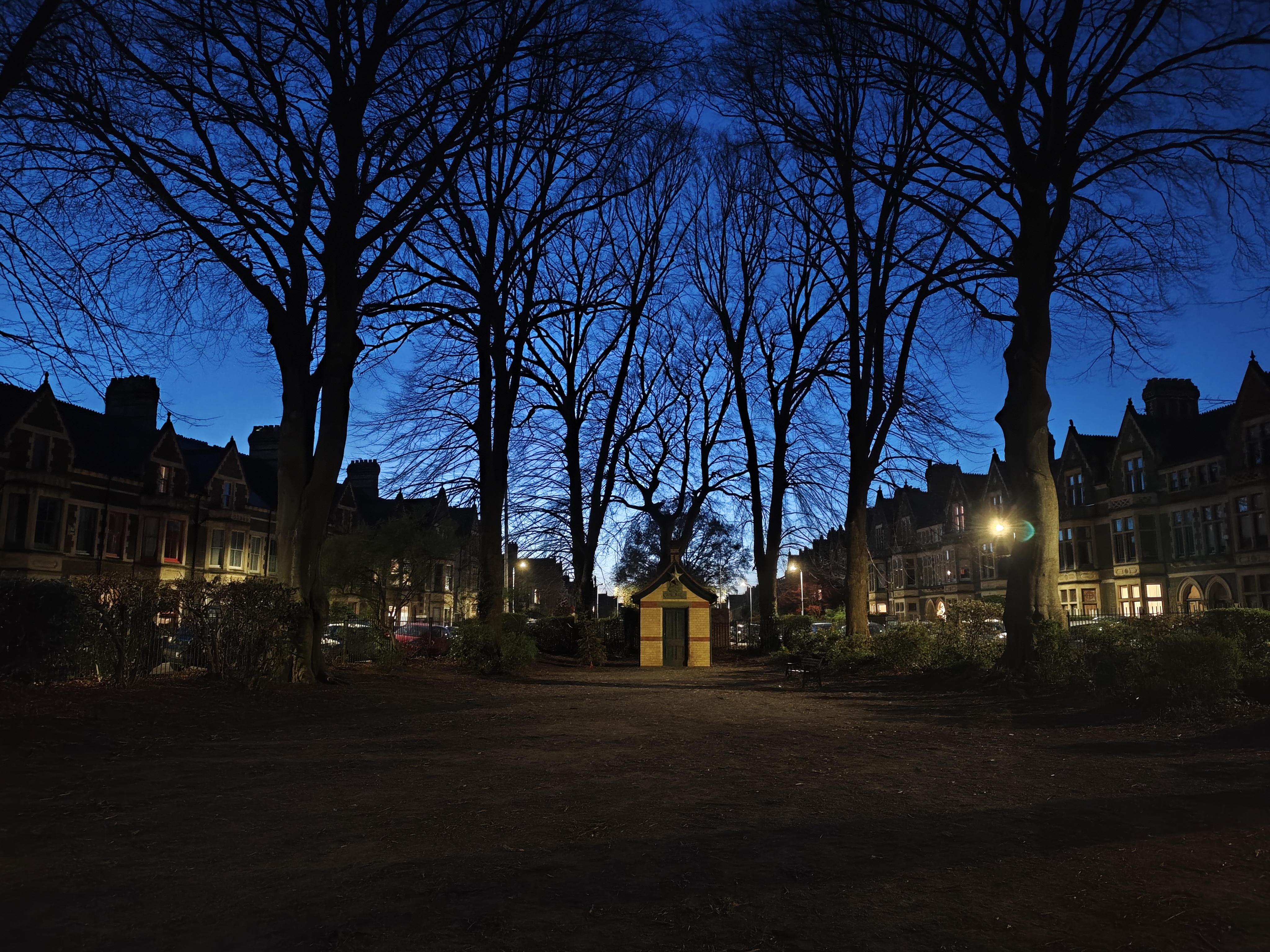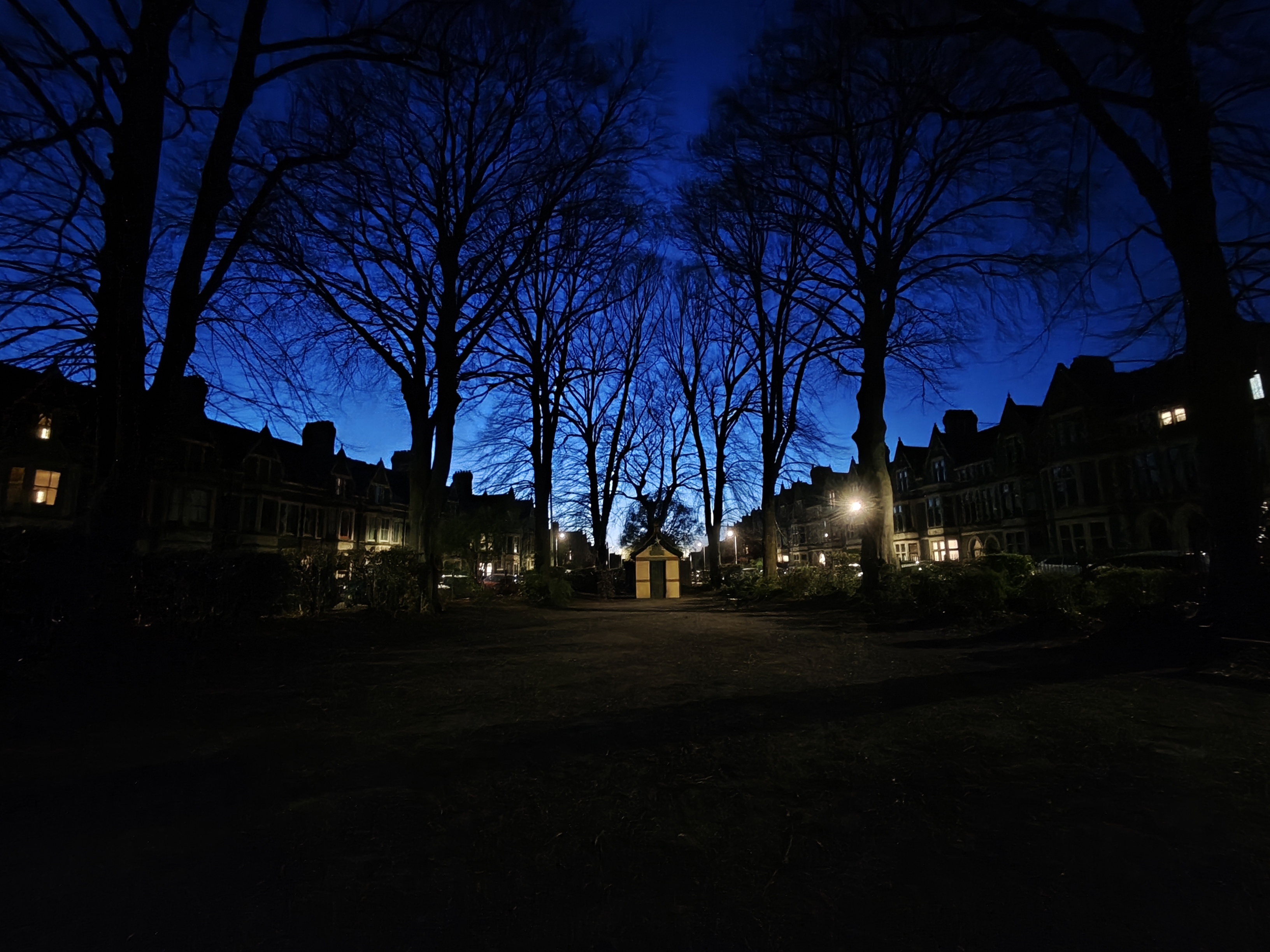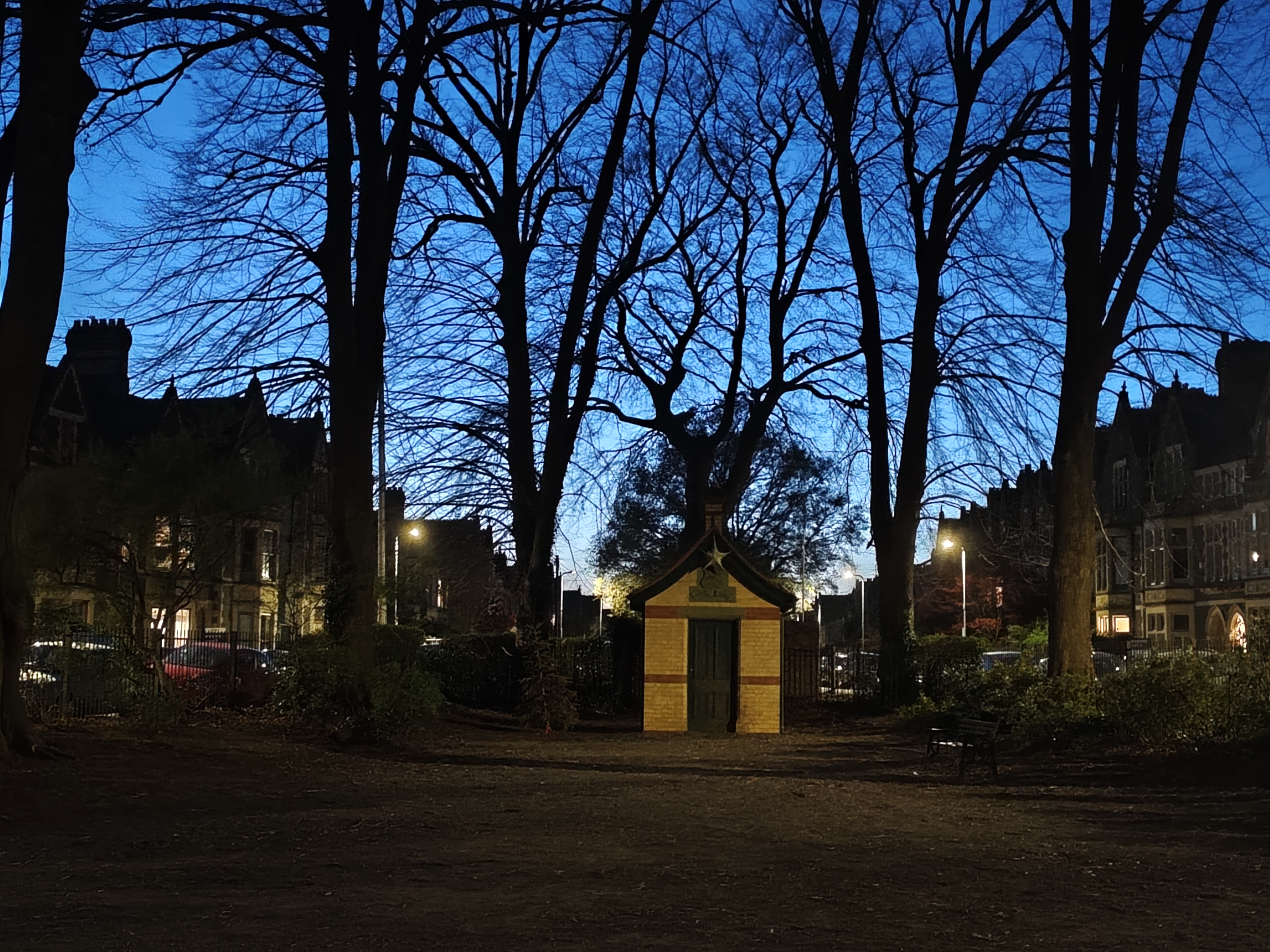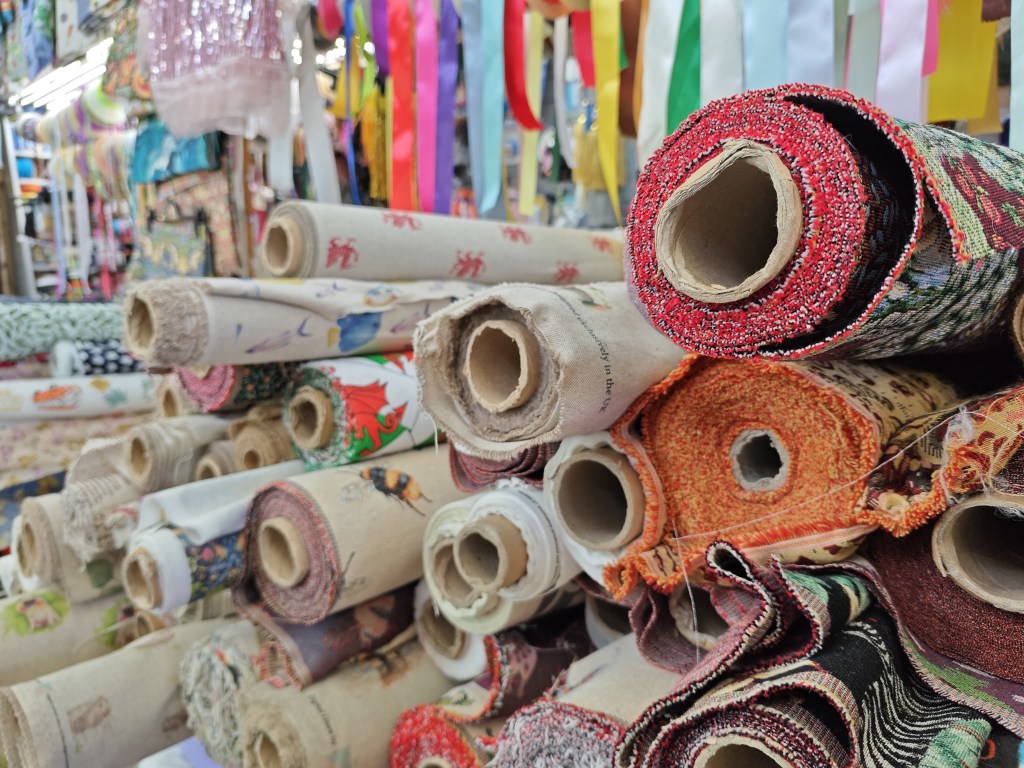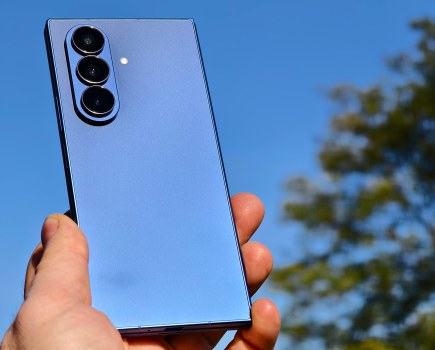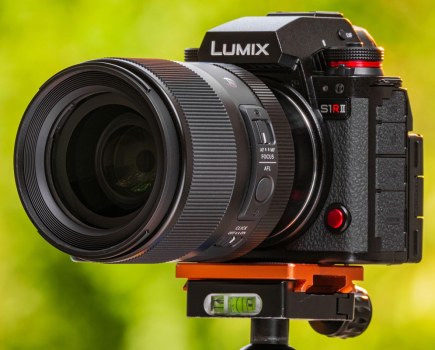Amateur Photographer verdict
If you don’t want to spend a fortune on a smartphone but still have a good range of features, the Poco F7 Pro is a good choice.- Large, bright screen
- Very good main camera
- Very large battery
- 8K video recording
- Ultrawide only 8MP
- No telephoto lens
- Not easily available everywhere
There’s probably never been a better time to buy one of the best budget smartphones. With a huge degree of choice available from all the major brands, we’re really spoiled for choice at the moment when it comes to phones that provide a lot of features for less than flagship prices.
Poco F7 Pro At A Glance:
- 50MP f/1.6 “4-in-1 Super Pixel” Light Fusion 800 image sensor camera, 24mm equivalent
- 8MP f/2.2 ultrawide camera, 15mm equivalent
- 20MP f/2.2 selfie camera, 21mm equivalent
- 8K video at 24fps / 4K at 60fps
- 6.67-inch AMOLED screen, 526ppi, 3200 nits peak brightness,
- 6000mAh battery with 90W fast charging
- Snapdragon 8 Gen 3 Mobile Processor
- Xiaomi Hyper OS2 based on Android 15
Poco is a sub-brand of the well thought of Chinese brand, Xiaomi. The Poco phones offer a good degree of different features, without the high-end asking price of the best Xiaomi models, such as the Xiaomi 15 Ultra.
The F7 Pro sits firmly in mid-range territory, being available for around $400/£400 at the time of writing. For this, you get some good photography and general features for the price.

Other models it competes against at this price point include the Samsung Galaxy A56, and the Google Pixel 9a.
Perhaps the biggest downside of these models is that they’re not readily available in every country. So, while you can find them easily available in the UK, in the US won’t be so lucky. Other territories will vary.
So what do you get for that price?
How we test camera phones
We review smartphones from the perspective of choosing one for its photography and camera performance. We look at what the Poco F7 Pro offers, and the features included for photography and video, paying particularly attention to the cameras on the phone, photo editing capabilities, as well as the output from each different lens. We consider other aspects too, such as the screen quality and battery life.
Poco F7 Pro: Features
You get a dual-lens set up with the F7 Pro, which is about standard these days for many mid-range offerings (with the notable exception of the iPhone 16e, which has a single lens). The big exception to this is from Samsung, who have a range of triple-lens models, but the third lens is usually of pretty low quality.
The main lens here is 50MP and gives an equivalent focal length of 24mm and f/1.6. On paper it sounds like it should perform fairly well, and it also promises in-sensor zooming/cropping and therefore reducing the need for a dedicated telephoto lens.

Joining the main lens is an ultrawide lens. Sadly, the sensor here is only 8MP in resolution, but that will probably be fine for social media sharing and so on.
Elsewhere, other interesting features include the ability to record video at up to 8K (24fps), plus a large and bright screen. A huge battery of 6000 mAh makes this one of the potentially longest-lasting phones on the market.
Just like pretty much every other brand new phone, there’s AI functionality built in. Here it comes courtesy of Google Gemini. It gives you a range of features, but for photography it means you can do things like quickly and easily edit your shots.
Poco F7 Pro: Handling and Design
At 6.67-inches, the screen of the Poco F7 Pro is well-sized, not being too enormous like some of the flagship models out there, but also not being quite small, like some of the other mid-rangers, like the 6.3-inch Google Pixel 9a.
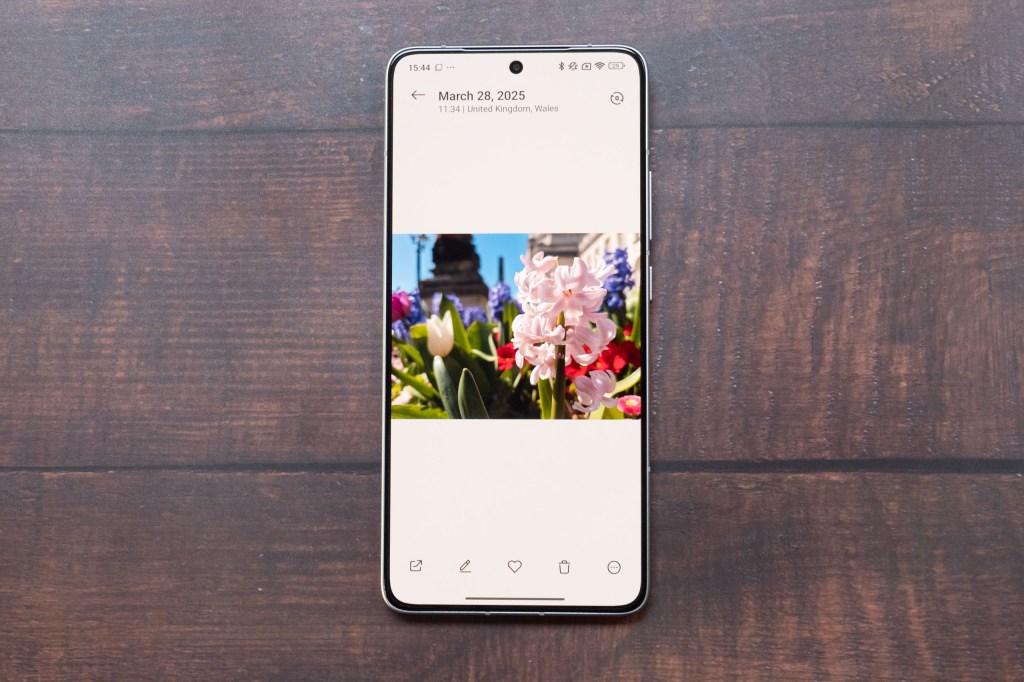
The screen is Gorilla Glass (7i), while the back is also glass and with an aluminium frame. This isn’t the toughest mid-range model on the market, but it should still withstand general everyday use pretty well. If you’re prone to dropping / scratching your phone, then other mid-range models offer better screen protection, such as the Gorilla Glass Victus of the Google Pixel 9a and the Ceramic Shield of the iPhone 16e. On the plus side, the Poco F7 Pro has IP68 water and dust proofing, which puts it ahead of the Samsung Galaxy A56.
A case comes provided in the box, which is a nice touch – especially at the price. It’s worth using this if you’re at all clumsy. That said, it does transform quite an interestingly designed phone into something a lot more simple / basic-looking, which is a shame.
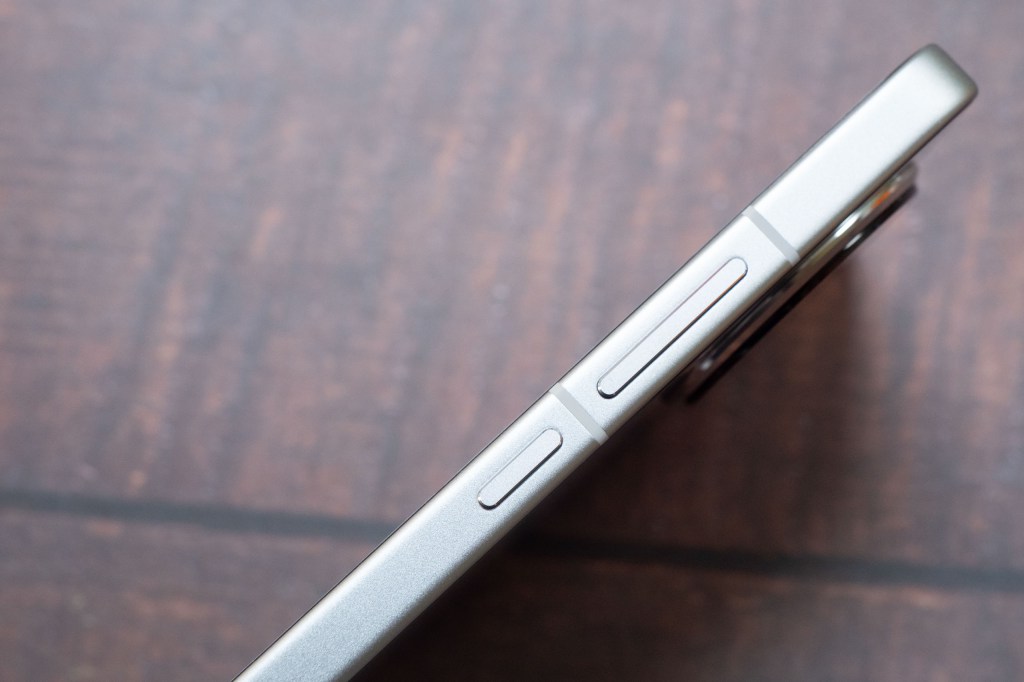
I’ve been using the silver colour way of the phone. The back has a shiny section and a matte section, while the lenses are housed in a circular, slightly protruding unit. It’s quite a distinctive design, especially compared with something a lot more “ordinary” looking such as the Samsung Galaxy A56.
The screen itself is an AMOLED unit and it has some fairly slim bezels, so you get a decent screen-to-body ratio. The selfie camera is behind a very small hole-punch cut-out too. Further good news is that the maximum brightness of the screen is 3200 nits, quite a high output for a phone at this price.
Poco F7 Pro: Native Camera App
Like many other Android models, the Poco F7 Pro has a lot going on in the native camera app. If you’ve used other Poco or Xiaomi models before, you’ll likely be familiar with what it has to offer.
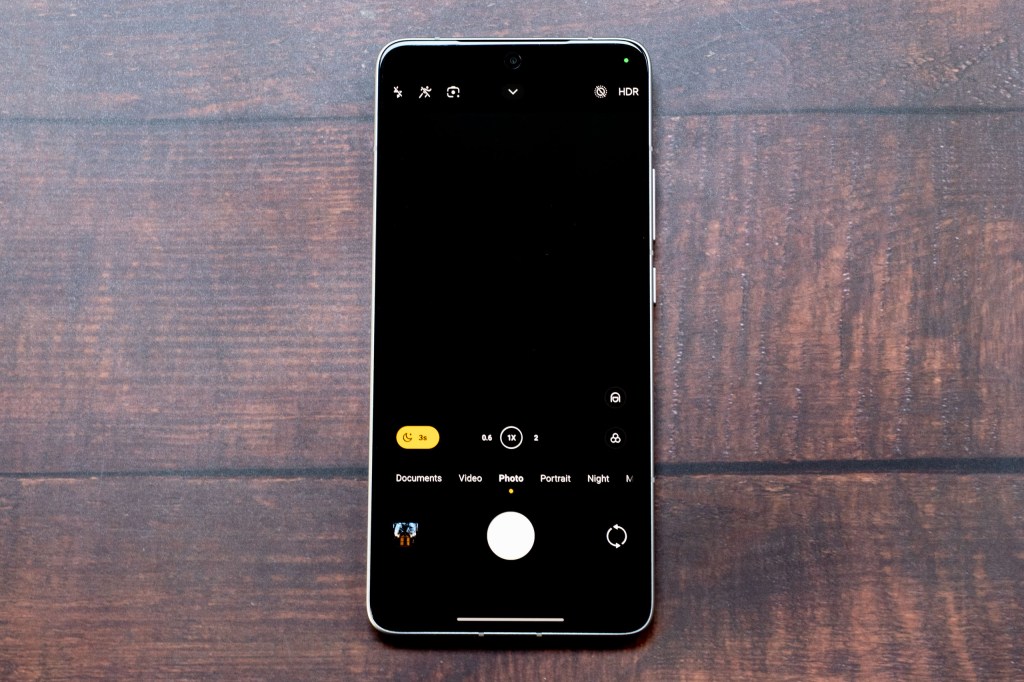
The default shooting mode is “Photo”, where you can quick access the 1x lens and the 0.6x (ultrawide lens). There’s also a quick on screen tap to 1.2x (28mm), 1.5x (35mm) and 2x (48mm). Beyond that if you want to zoom further, you can pinch out, up to a maximum of 20x.
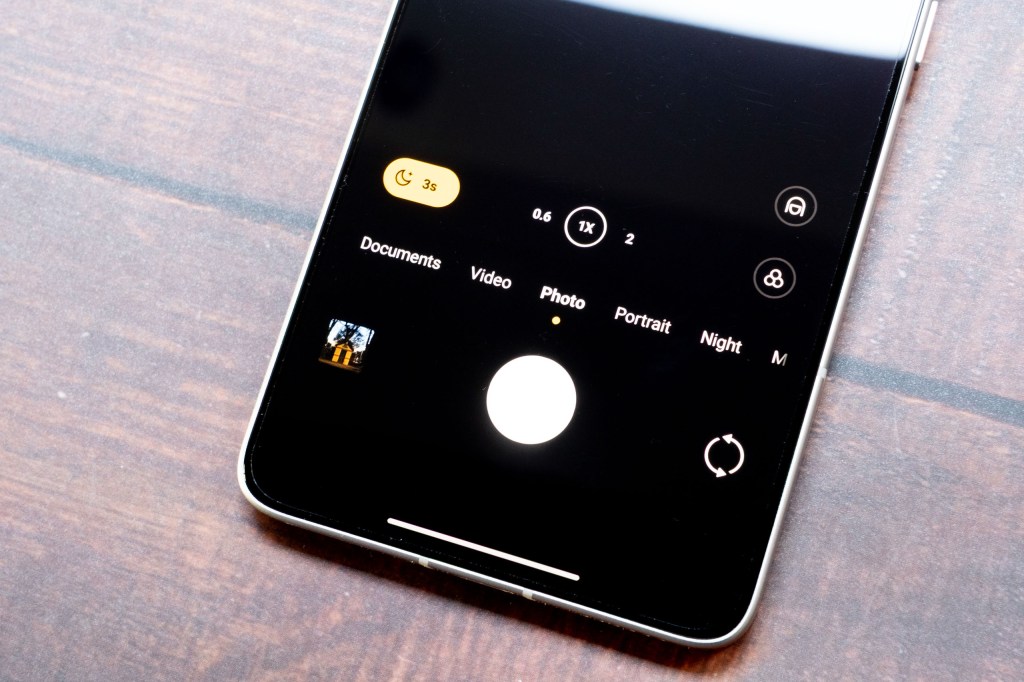
In this mode you’ll also find other options such as Live Photo, HDR, aspect ratio, flash and digital filters. If you’re shooting in low light, a Night mode should automatically activate. There is also a manually selectable Night option if you prefer. There is no dedicated macro mode, but you should find that you can still get reasonably close to some subjects to fill the frame.
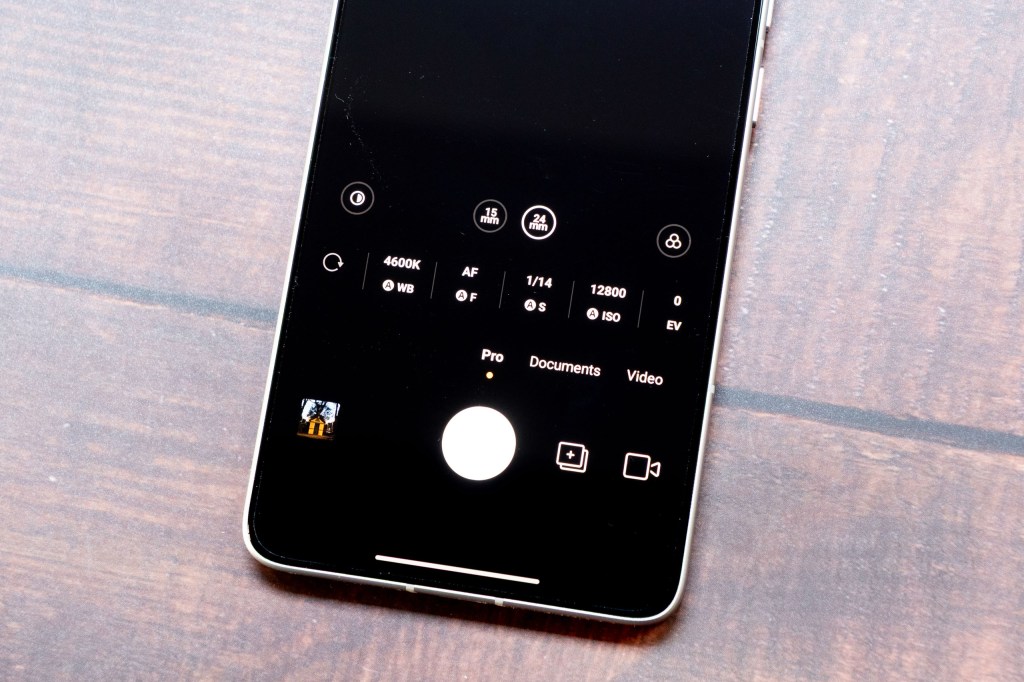
A Pro mode is a nice to have addition at this price point. Using this mode you can adjust things like white balance, shutter speed and ISO. You have the option to choose between either lens, as well as digitally zoom. There’s no option to shoot in raw format, however. In any shooting mode you can elect to shoot in the “HEIF” (high efficiency image format) to save device space. Or, you can shoot in JPEG to make sure images are maximally compatible regardless of the device you send it to.
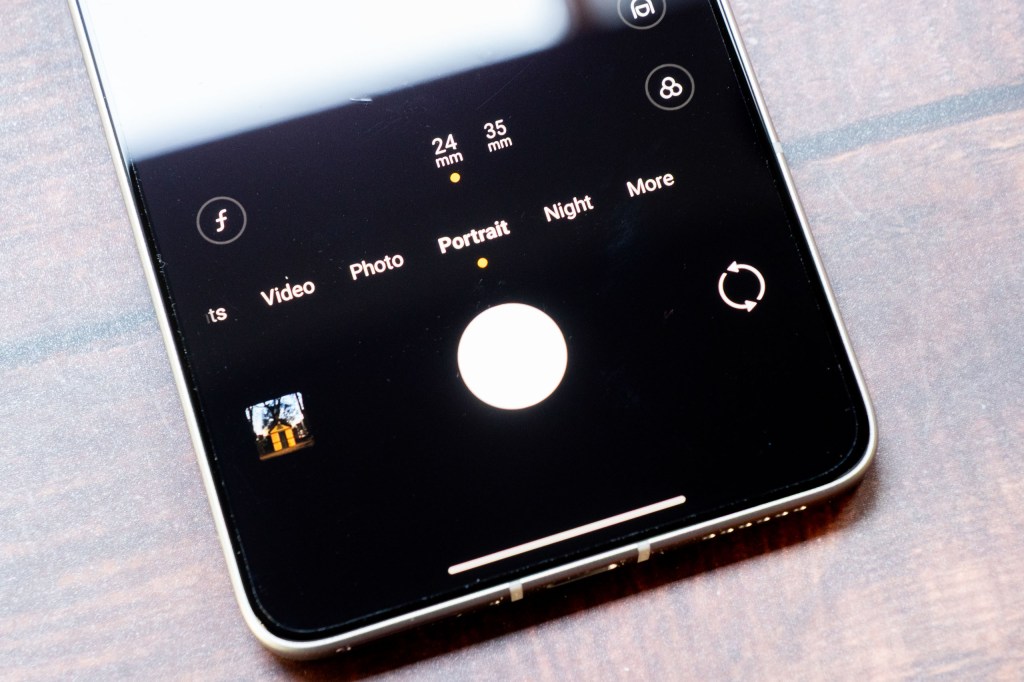
For shooting shallow depth-of-field people shots, there’s a dedicated Portrait mode. This is fairly basic in operation, allowing you to either shoot at 24mm or 35mm (1x or 1.5x). You can also adjust the level of blur. Elsewhere, other shooting modes include Long Exposure, Time-Lapse and 50MP high-resolution mode.
In-phone editing includes some AI tools, such as the ability to erase certain parts of the scene, remove reflections and even adjust the sky. These can be very useful for tidying up certain scenes, so long as they are used within reason. They also tend to work best if the subject matter is fairly uncomplicated – for example removing a tourist walking through a street scene gives the best results when the background is otherwise fairly uncluttered.
Poco F7 Pro: Image Quality and Performance

On the whole, the F7 Pro delivers some great images, especially when shooting with that 1x lens.
Shots are detailed, with bright, vibrant colours that generally don’t go overboard with the saturation. I have found on occasion that lens flare is a problem when shooting in very high-contrast situations, but this can usually be overcome with an adjustment in composition – but it’s something to watch out for.
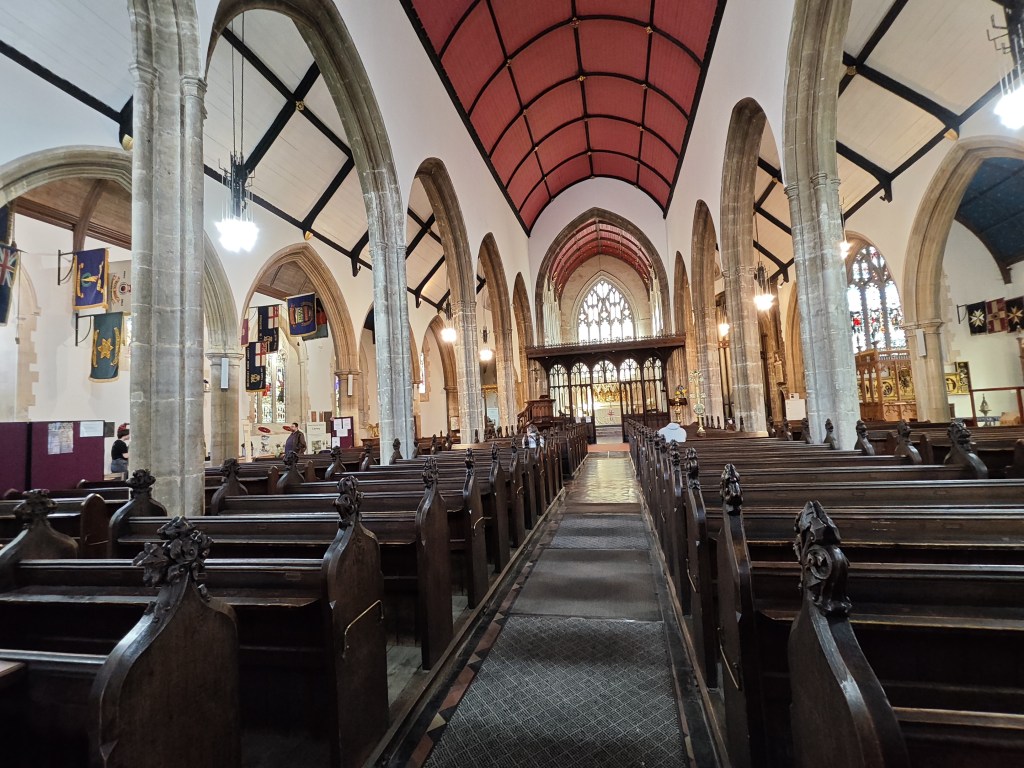
The ultrawide lens produces reasonably good results, though it is a noticeable drop in image quality when comparing it against the 1x lens. If you’re only intending to share images on a small screen, then it’s not so bad.
In sensor cropping delivers some good results up to 2x, so don’t feel too disappointed that there isn’t a telephoto lens here. The results even up to around 4x remain usable, but I would steer clear of 10x or 20x unless you’re absolutely desperate as there’s a very noticeable loss in quality at this point.
In low light situations, there are better models on the market. The 1x lens produces some usable results, but there’s a fair amount of detail lost in the shadows. On the plus side, this is arguably a fair reflection of how the scene looks in real life. However, if you do want to bring out more detail and shoot a lot of low light stuff, take a look at the Google Pixel 9a, the Oppo Reno 13 Pro and the Samsung Galaxy A56 to see how they compare. The ultrawide is less impressive, so I wouldn’t like to rely on that after dark. The zooming options are OK – the 2x crop is not too bad.
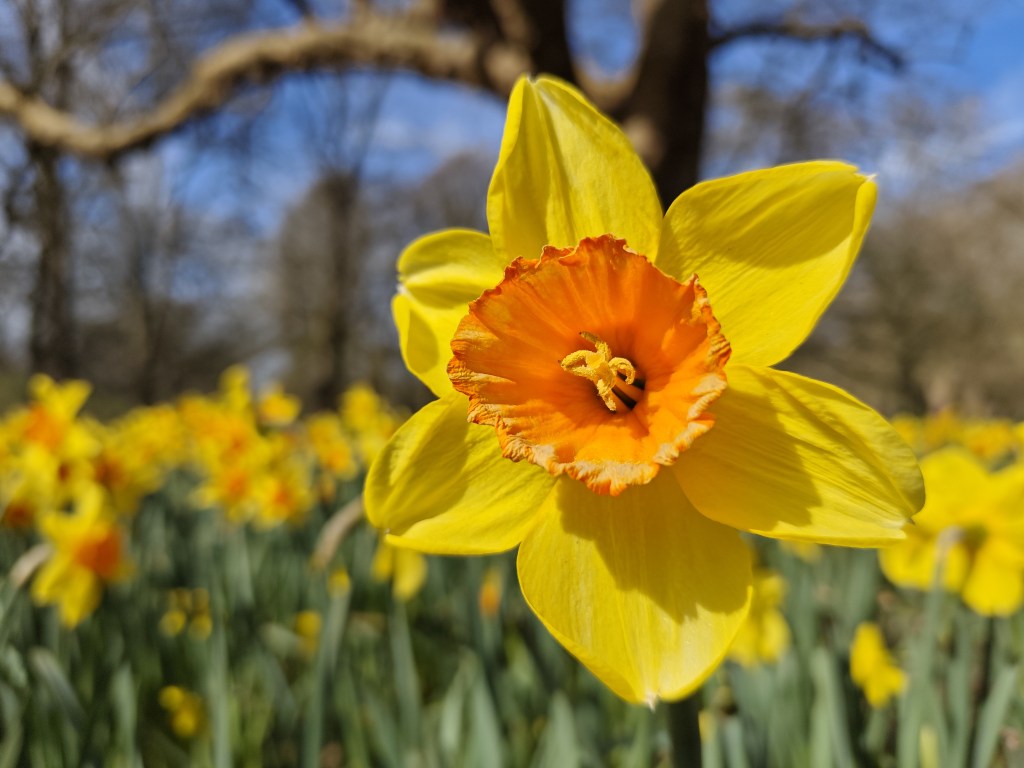
For close-up shots, there’s some decent enough results here, despite there being no dedicated macro mode. There’s some detail missing and the background has some slightly strange blurring to it, but again for sharing at small sizes it does a reasonably good job. It performs just as well as the Samsung Galaxy A56’s dedicated macro lens, and of course much better than the iPhone 16e which has no macro capability at all.

You can get some nice results in portrait mode. The background blur is quite extreme, but the outlines around the subject have been rendered surprisingly well. You might get less convincing results if the subject has fussier outlines.

Similarly, the selfie camera does a reasonable job. Here, the outlines are a bit less natural looking, but it’s only really obvious when you zoom in to examine closely.
Poco F7 Pro: Value for Money
The F7 Pro is available at two price points, depending on how much inbuilt memory you want.
At £499 for 256GB memory, the base price of the F7 Pro puts it in direct competition with the Samsung Galaxy A56, which costs the same. The 512GB version is £549, so if you think you’re going to need it, it’s not a huge amount more to spend.
Those prices already make it very good value for money, but at the time of writing, there’s £100 off each variant, making it even better. Of course, offers are subject to change so may not be there by the time you’re reading this.
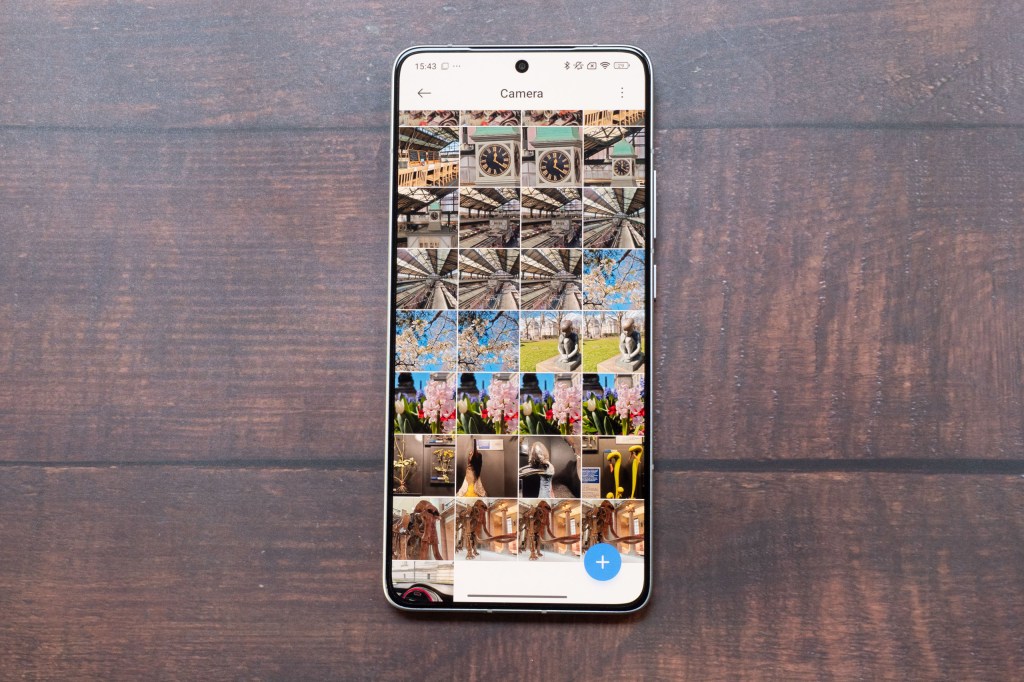
It also competes well against the Google Pixel 9a, which is also £499 but for only 128GB. It’s very well priced against the iPhone 16e, which will set you back £599, again for only 128GB memory.
While there’s a lot of choice in the mid-range market, I’d put this up there as one of the best for the price. You get one fewer lens than the Samsung Galaxy A56, but the third lens of that model isn’t amazing anyway.
Poco F7 Pro: Verdict
There’s many different mid-range models available to choose from at the moment, with many offering a good set of photo specs for the money.
If you want something that offers a good array of features – not just camera wise – then the Poco F7 Pro is a good choice.
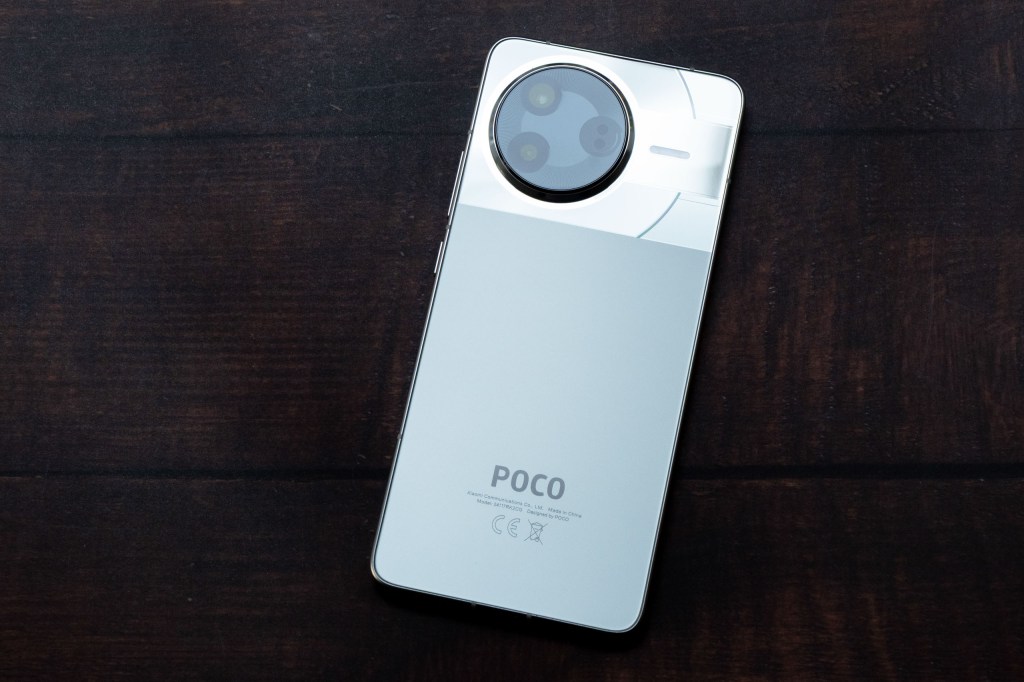
The camera performs well too, but you also get a large bright screen, impressive battery life and even 8K video recording should you need it.
Of course it’s not perfect. There’s no dedicated macro mode, low light shooting isn’t amazing, and there’s no telephoto lens. Still, for the price paid the results are pretty good.
Probably the biggest downside here is the lack of availability in some big territories, such as the US – but if you’re in one of the places where this sells, it’s well worth a look.


